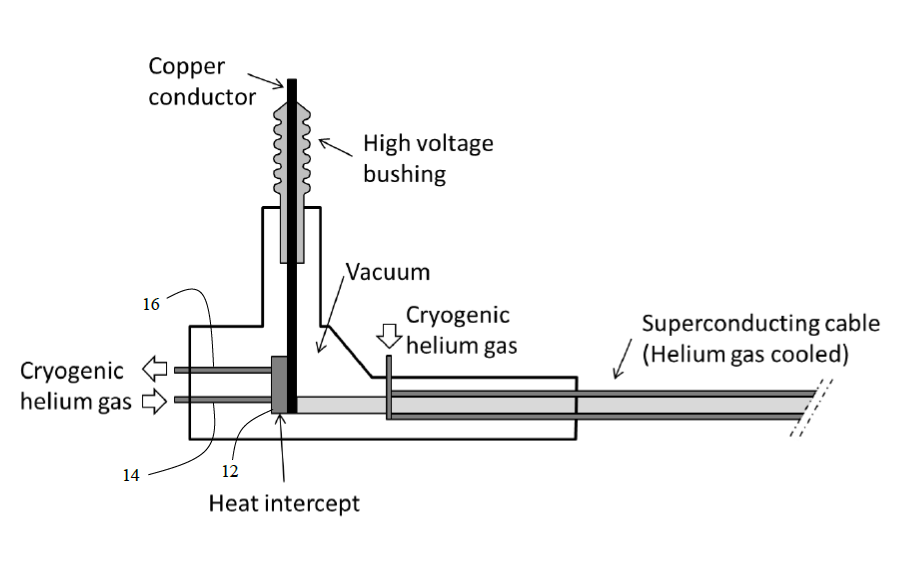Sharing Cyrogenic Cooling Systems Between Large and Auxiliary Devices
Cryo-cooled or super-cooled power applications are increasing in popularity because they are typically lower in weight and volume, and more efficient than traditional power applications. Cryocooling is well suited to superconducting technologies (e.g., high-speed accelerators, wind power and flywheel applications) that need to be kept at cryogenic temperatures in order to function.
Currently, the cost of cryocoolers is prohibitively high for small applications, in part, because cryocoolers are primarily designed for large devices. Additionally, cryocooling systems are suboptimum in their design because they 1) are based on a “use-or-lose” model that wastes cooling power that is not fully utilized and 2) cannot be shared between critical devices.
A potential solution to these two issues involves a new design by Dr. Sastry Pamidi that enables cryogenic sharing of “waste” cooling between a large superconducting device and smaller devices in close proximity that also benefit from cryocooling. In it basic form, the invention is an add-on heat exchanger that is attached to an existing cryocooler through which a controllable flow of helium gas is circulated to “steal” excess cooling power from the device. The helium circulation system enables the productive use of excess cooling power and also eliminates the need for resistive heaters that are typically used to maintain required operating temperatures in cryocooled devices. Importantly, this exchanger will make it easier to run auxiliary devices under cryogenic environments without the need for each device to have its own dedicated cryocooler, thus reducing costs and improving the efficiency of operation as well as creating new opportunities for using cryogenics.
Applications:
- Aerospace
- Cryogenic equipment manufacturing
- Military
- Power grid
- Transportation
- Research laboratories
- Universities, national labs, and hospitals
Advantages:
- Enables sharing of cryocooling between a large device and smaller devices to minimize or eliminate the cooling waste produced by “use-or-lose” cryogenic methods
- Multiple devices can be cooled by a single cryocooler, rather than each device requiring its own cooler
- Improves energy efficiency and reduced cost of operation
- Creates new opportunities for using cryogenics in smaller devices and applications
- May be designed into new cryocoolers or added on to existing cryocoolers
- Compact design
- Vacuum tight
- Low pressure drop
- Highly efficient due to maximum heat transfer
- Simple design and manufacturing
- Optimal for a gas having low viscosity


